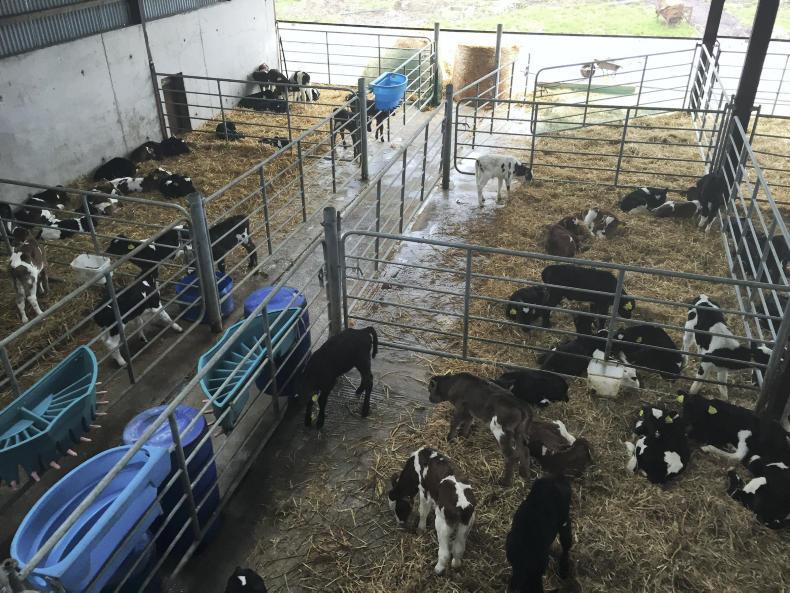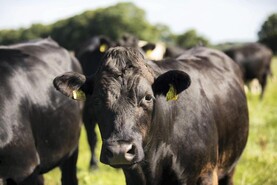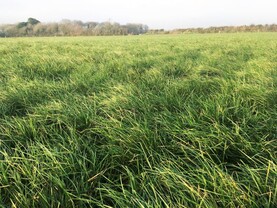Grazing conditions have been very difficult over the last two weeks so cows have had to use the cubicles a bit more than we’d like.
So far, there have been no issues, other than a case of mastitis and protein tests dipping under 3.3% for a few collections when the cows were eating more silage.
Even when cows went back out, ground was only marginally ready for grazing and any shower of rain was creating a bit of damage in the corner of paddocks if the gap wasn’t opened straight away.
This week, things are running a bit more smoothly, with cows more settled and ground conditions are improving every day, especially when our old friend the sun makes an occasional appearance.
We put out the maiden heifers as well this week to give the silage ground a graze before they go to the summer grazing block. Hopefully conditions keep improving and we can keep these girls grazing for the rest of the spring.
These heifers came through the winter very well on good-quality surplus wraps that we made last summer. They got no concentrate over the winter period and although we didn’t have time to weigh them at turnout, they are well grown and will be well up to target weight at bulling. We gave them a mineral bolus at turnout and a vaccination for lepto and IBR.
The cows are continuing to fly through calving. We have over 90% calved already and will only have a handful left to calve at the end of the month.
Looking at the figures, we can pull the bull a bit earlier next year and finish calving after 10 weeks at the end of March. The big question at the moment is what breed of stock bull to use on the cows this year after six weeks of artificial insemination.
Hereford and Angus calves seem to be selling well, but Friesian stock bulls would probably walk in and out a bit better with the herd and stay working better. We will run Friesian stock bulls as usual with the heifers for the first three or four weeks and might switch to an Angus after that.
The beef breeds might cause more calving problems and might also push calving date back a few days longer, which has to be factored in. The stronger beef bulls tend to carry a hefty price tag as well.
We will weigh up the options over the next few weeks and make a decision this month to have the bulls well settled in before the season.
We went with a second round of urea this week as well. Hopefully, with temperatures up and days lengthening, growth will take off this week and we can reduce silage and meal feeding to the milkers soon.
Regrowths on ground grazed early in the year are coming along well at 700kg to 800kg and should have a good cover by early April to start the second round.
We will start to weigh the calves this week to see how close to weaning they are. We will wean and put them straight out to grass when they reach 110kg.
They will get a mineral bolus, an IBR vaccine and a shot of Cydectin LA at turnout and hopefully this will keep them healthy for the first half of the grazing season. We should get the first batch out at the end of this month.






 This is a subscriber-only article
This is a subscriber-only article










SHARING OPTIONS: